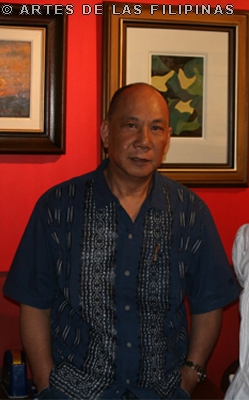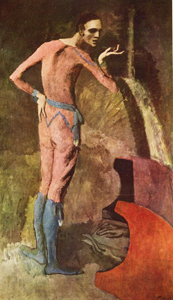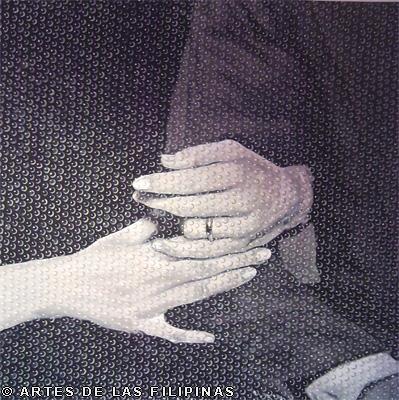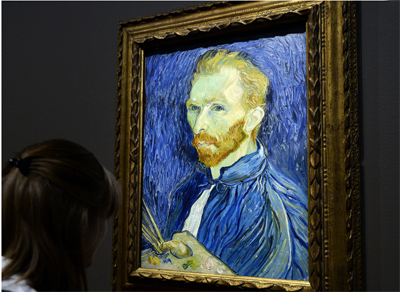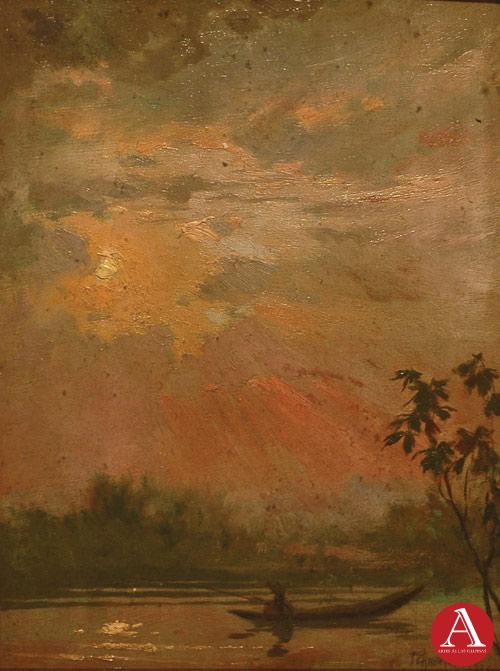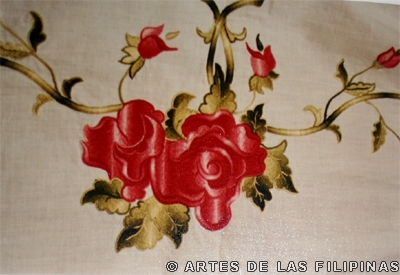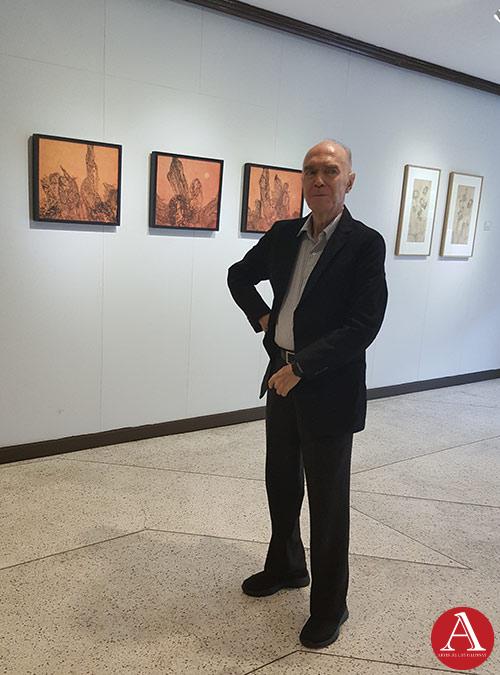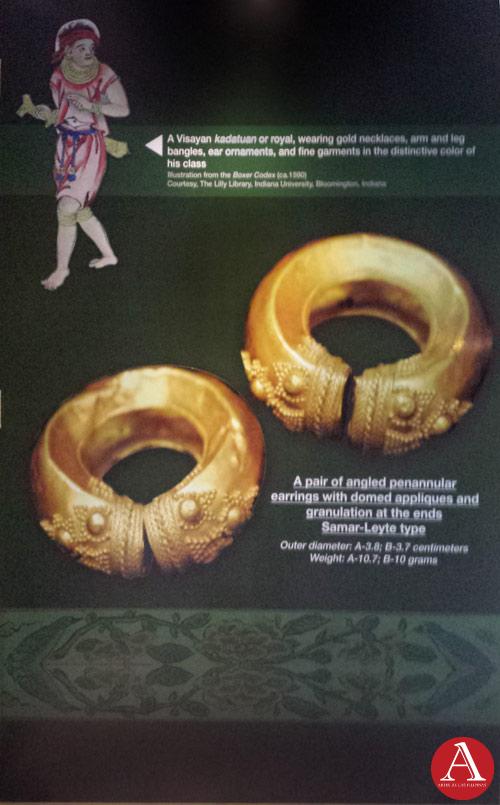Accustomed Othering in Colonial Writing
A Review of “Customs of the Tagalogs” (two relations) by Juan de Plasencia
From The Philippine Islands 1493-1898
Full text accessible via: gutenberg.org
by Sherwin Altarez Mapanoo
September 2015–There are at least three major discursive issues that can be extracted from the document, Customs of the Tagalogs written by Juan de Plasencia in 1589, if we are to put socio-political context into the text – first, the issue of authorship; second, the discourse of power in colonial writing; and third, the logic of binarism or the Occident-Other dichotomy. These are interrelated threads that probably constitute major segments of colonial historical writing in the Philippines.
The authorial voice or authorship plays a pivotal role in putting meaning(s) to this colonial text. The author, Juan de Plasencia was, in the first place, not a native Tagalog but a Franciscan missionary who first arrived in the Philippines in 1577. He was tasked by the King of Spain to document the customs and traditions of the colonized (“natives”) based on, arguably, his own observations and judgments. Notably, de Plasencia wrote the Doctrina Cristiana, an early book on catechism and is believed to be the first book ever printed in the Philippines. Such initiatives were an accustomed practice of the colonizer during the Age of Discovery to enhance their superiority over the colonized and validity of their so-called duties and legacies to the World. It is a common fact that during this era, the Spanish colonizers, spearheaded by missionaries, drew a wide variety of texts ranging from travel narratives and accounts of the colony to even sermons.
In this particular text, de Plasencia tried to avoid discussing the “conflicting reports of the Indians” through an “informed observation” to obtain the “simple truth.” This “truth,” however, is debatable, and the manner of how he actually arrived to his reports is even more problematic. The text foregrounds two important figures: the observer (de Plasencia) himself, with his own background, subjectivites and biases; and the observer’s subject (Tagalogs), seen as the “Other,” a metonymic amalgam of communal characteristics, local customs and traditions, etc. In colonial situations, the relationship of these figures – the colonizer and the colonized – flows in both but unequal directions; the former being the dominant, while the latter is the inferior one, or as Edward Said put it, “a relationship of power, of domination, of varying degrees of a complex hegemony… a sign of European-Atlantic power over the Orient than it is a veridic discourse about the Orient” (72). Seen from the center looking toward the culturally and politically inferior periphery, the colonizers find identity in its compelling position as the sophisticated dominating “self” versus the inferior dominated “Other.” The use of politically incorrect terms such as “Indians,” “tribal” and “natives,” and adjectives such as “amusing,” “foolish” and “absurd” in the text is just a manifestation of the conflicting Occident-Other paradigm.
Clearly serving immediate colonial interests, many portions of the narrative are problematic insofar as they posit the Tagalogs in such a way as to enhance the validity of the colonizer’s allegiances. Skewed preconception and descriptive biases thrive throughout the entire document. In de Placensia’s account on land ownership, for example, he said that “the lands were divided among the barangay and…no one belonging to another barangay would cultivate them unless after the purchase or inheritance.” However, “since the advent of the Spaniards, it is not so divided.” Such statement implies that the intervention of the colonizer has put order into the divisiveness. He also made a conclusion that Catholicism was able to expel primitive and evil belief systems of the Tagalogs regarding gods, burials and superstitions, saying that “all the Tagalogs not a trace of this is left; and that those who are now marrying do not even know what it is, thanks to the preaching of the holy gospel, which has banished it.” This claim undermines that the Tagalog population did not fully embrace Catholicism but appropriated it according to their indigenous religious practices. Generalized and essentialist claims were also made by de Placencia in his discussion of the local customs in “Laguna and tingues, and among the entire Tagalo race.” What constituted the Tagalo race in the first place? How did he come up with such a category? The people of Laguna were just a small member of the Tagalogs and referring them as the mirror of the entire Tagalo race is erroneous.
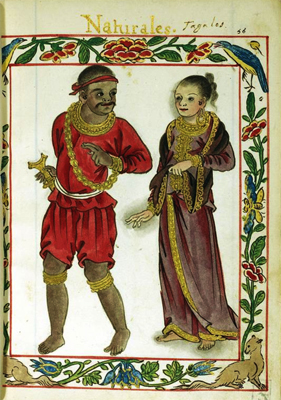
Tagalog royal couple from the Boxer Codex (c. 1595)
A large fraction of his accounts were also based on false comparisons, and not coupled with accurate information. He repetitively compared local traditions with Western paradigm/parameters. The Tagalog idol, lic-ha, for example, was matched up with Romans’ statue of deity of a dead man who was brave in war and endowed with special faculties. These two objects are evidently different in nature and don’t fall under the same category. Datos were also described as the equivalent of the European “nobles,” hence undermining the indigenous political systems. Worse, the ritualistic and superstitious beliefs of the Tagalogs were mocked by de Placencia, by coming up with various categories of devil-ish beliefs. The mangagauay and mangagayoma, for instance, were both regarded as “witches” who performed deceitful healing procedures, a judgment made by an outsider who knew nothing about the complexity of indigenous psyche. What he failed to realize is that in traditional cultures, these so-called “evil” practices were an integral part of Filipino folk beliefs; and the early Tagalogs, in reality, never considered them as acts of the devil. Needless to say, the application of Western parameters to local traditions has often proven fractious especially in classifying and describing local and colonial situations.
Given the plethora of biases and to a great extent, inaccurate judgments and pretensions of the author, the text was clearly not written for local consumption, but for Western readers. Customs of the Tagalogs, just like any other colonial texts written during the Spanish colonial period, was intentionally made to provide an exoticize description of the Tagalog natives, clearly fed by politics and propaganda and operated with the Western-outsider’s gaze, that would be appealing to them.
Work Cited:
Said, Edward W. The Edward Said Reader. New York: Knopf Doubleday Publishing Group, 2007.
Sherwin Altarez Mapanoo is a multidisciplinary writer, researcher, and nomadic visual ethnographer. He holds a bachelor’s degree in Art Studies (Interdisciplinary) from the University of the Philippines and a double post-graduate degree with distinction in International Performance Research and Theory of Art and Media, Interdisciplinary Studies from the University of Warwick, United Kingdom and the University of Arts, Belgrade, Serbia, respectively under the Erasmus Mundus programme.



